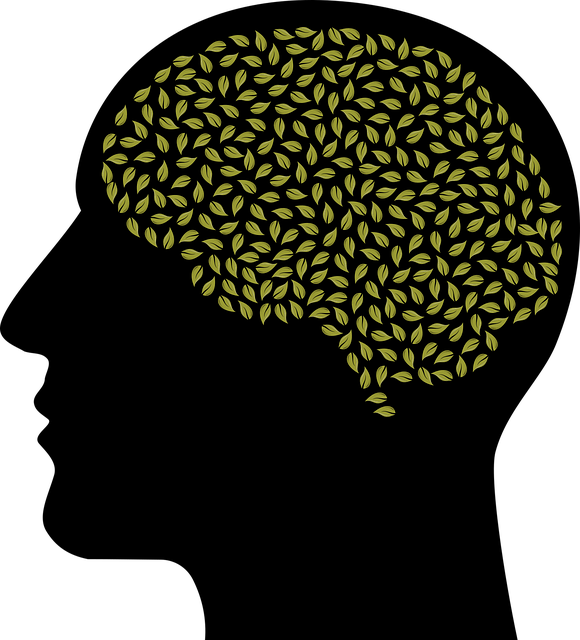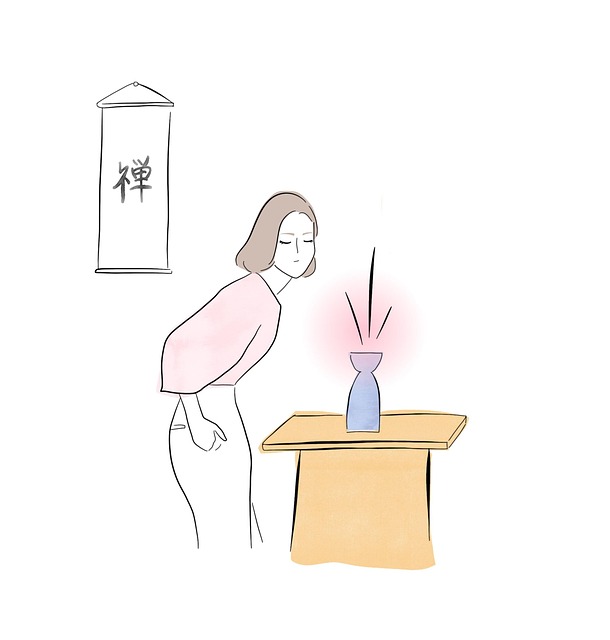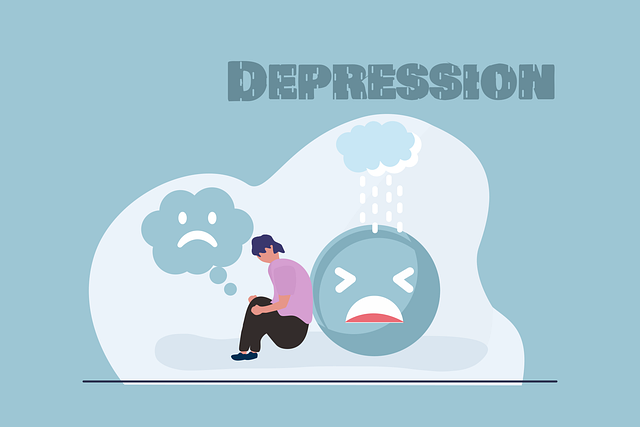Panic disorder and anxiety attacks in children significantly impact daily life, requiring early intervention through tailored therapy like Cognitive Behavioral Therapy (CBT). CBT, mindfulness techniques, self-awareness exercises, and empathy building activities help challenge negative thoughts, regulate emotions, and promote mental wellness. Community outreach programs normalizing mental health discussions further support kids' resilience. A comprehensive approach addressing thought patterns, stress management, and emotional development is crucial for effective therapy outcomes in children with panic disorder.
Mental wellness promotion is crucial for children’s overall development. This article delves into common challenges like panic disorder and anxiety attacks, affecting young minds. We explore the transformative power of therapy in fostering mental wellness for kids. Key sections include an understanding of these disorders, effective therapy approaches, and practical strategies to support children both at home and in school. By focusing on therapy for children with panic disorder and anxiety attacks, we aim to equip parents and educators with tools to enhance their resilience and well-being.
- Understanding Panic Disorder and Anxiety Attacks in Children
- The Role of Therapy in Promoting Mental Wellness for Kids
- Effective Therapy Approaches for Treating Panic Disorder in Children
- Strategies to Support Children with Anxiety at Home and School
Understanding Panic Disorder and Anxiety Attacks in Children

Panic disorder and anxiety attacks can significantly impact children’s lives, causing them to experience intense fear and discomfort in seemingly normal situations. It’s crucial for parents and caregivers to recognize the signs, which may include rapid heartbeat, dizziness, and a sense of impending doom. These episodes can be overwhelming for young individuals, often leading to avoidance behaviors and a diminished quality of life.
Early intervention is key to managing panic disorder in children. Therapy for children with panic disorder and anxiety attacks typically involves a combination of cognitive-behavioral therapy (CBT), mindfulness techniques, and self-awareness exercises. Building empathy and resilience through tailored activities can also be beneficial. CBT helps children identify and challenge negative thoughts, while mindfulness practices teach them to stay present and regulate their emotions during stressful moments. Additionally, promoting self-awareness exercises and empathy building strategies enables kids to understand and manage their feelings more effectively.
The Role of Therapy in Promoting Mental Wellness for Kids

Therapy plays a pivotal role in promoting mental wellness for children, offering a safe space for them to express their feelings and work through challenges. For kids struggling with panic disorder and anxiety attacks, evidence-based therapeutic approaches like cognitive behavioural therapy (CBT) have proven highly effective. CBT helps these young individuals identify and challenge negative thought patterns, teaching them coping mechanisms to manage anxiety effectively. This not only reduces the frequency and intensity of panic attacks but also fosters self-esteem improvement by empowering kids with a sense of control over their emotions and behaviours.
Beyond CBT, community outreach program implementation can further enhance mental wellness promotion among children. Such programs bring therapy into schools and communities, making support more accessible and normalizing conversations about mental health. By integrating activities that encourage inner strength development, these initiatives empower kids to navigate stress and adversity with resilience, building a foundation for long-term mental wellness.
Effective Therapy Approaches for Treating Panic Disorder in Children

Panic disorder in children is a serious mental health concern that requires tailored and effective therapy approaches to manage symptoms successfully. Cognitive-behavioral therapy (CBT) has proven to be a highly effective method for treating panic disorder in young individuals. CBT helps children identify and change negative thought patterns associated with anxiety, teaching them coping strategies to manage panic attacks. Through gradual exposure to feared situations, CBT empowers kids to overcome their fears and reduce the frequency and intensity of panic episodes.
Additionally, incorporating techniques like mindfulness and emotional intelligence training can significantly enhance therapy outcomes. Mindfulness practices teach children to stay present and focus on their senses, helping them regulate emotions during anxious moments. Emotional intelligence training equips young clients with skills to recognize and understand their feelings, leading to better stress management. By combining these therapeutic approaches, professionals can address the root causes of panic disorder, promote burnout prevention, and foster healthy emotional development in children.
Strategies to Support Children with Anxiety at Home and School

Supporting children with anxiety requires a multifaceted approach that combines emotional well-being promotion techniques at both home and school settings. Parents and educators can play a pivotal role in fostering coping skills development for young individuals grappling with panic disorder and anxiety attacks. One effective strategy is incorporating mindfulness exercises into daily routines, enabling children to learn present-moment awareness and manage their emotions more effectively.
In the educational environment, teachers can create safe spaces that encourage open conversations about mental health awareness. This includes implementing structured breaks during the day for relaxation and providing access to mental health resources like therapy for children with panic disorder and anxiety attacks. By normalizing discussions around emotional experiences and offering practical coping tools, schools can significantly contribute to enhancing a child’s overall mental wellness.
Mental wellness promotion for children involves a multifaceted approach, especially when addressing panic disorder and anxiety attacks. By understanding these conditions and utilizing effective therapy approaches like cognitive-behavioral therapy (CBT) and exposure therapy, significant progress can be made. Integrating supportive strategies at home and school further enhances the child’s resilience and coping mechanisms. With dedicated care and appropriate interventions, children with panic disorder and anxiety can lead happier, more fulfilling lives. For parents and educators, staying informed about these issues and access to quality therapy services is key to fostering a nurturing environment that prioritizes mental wellness.












